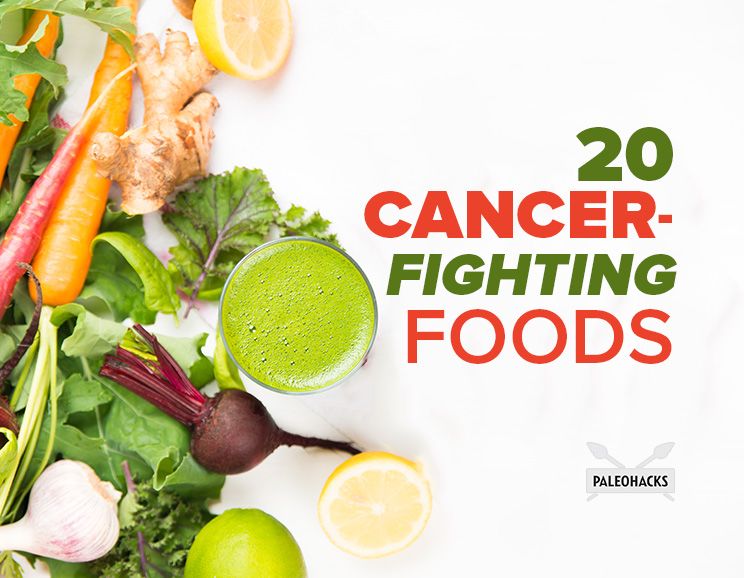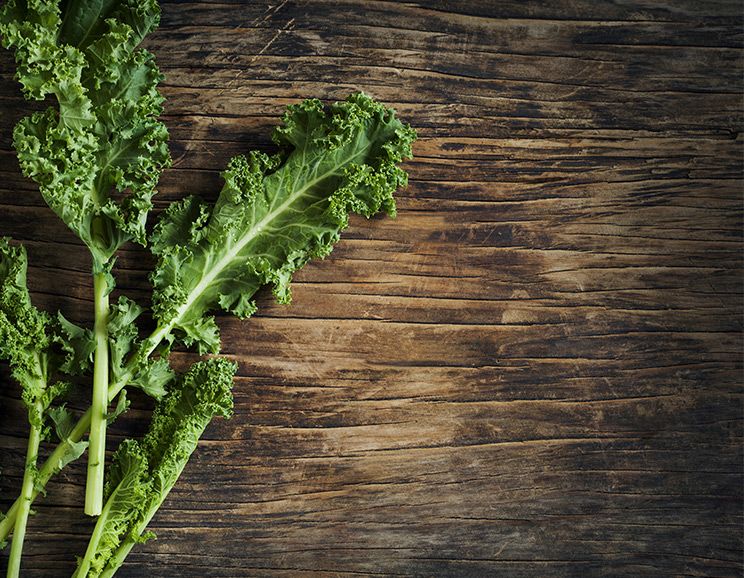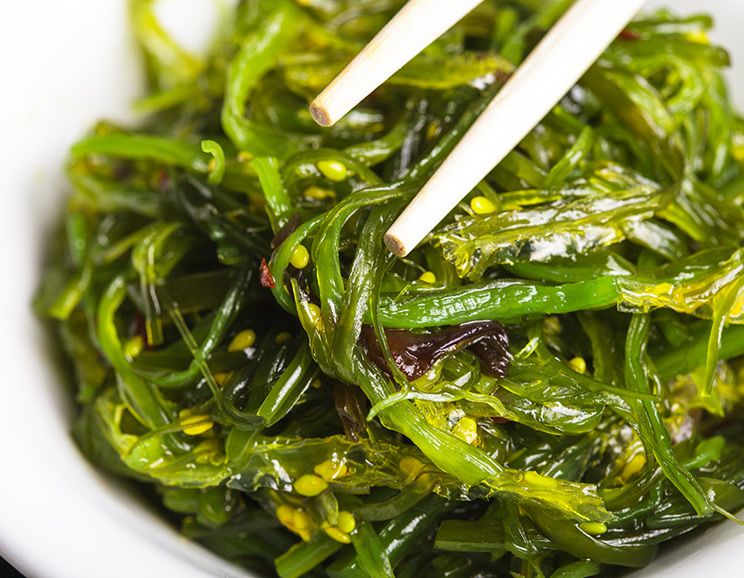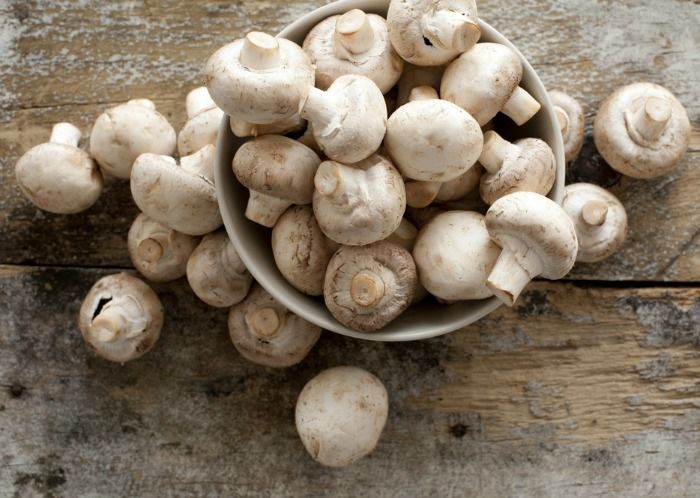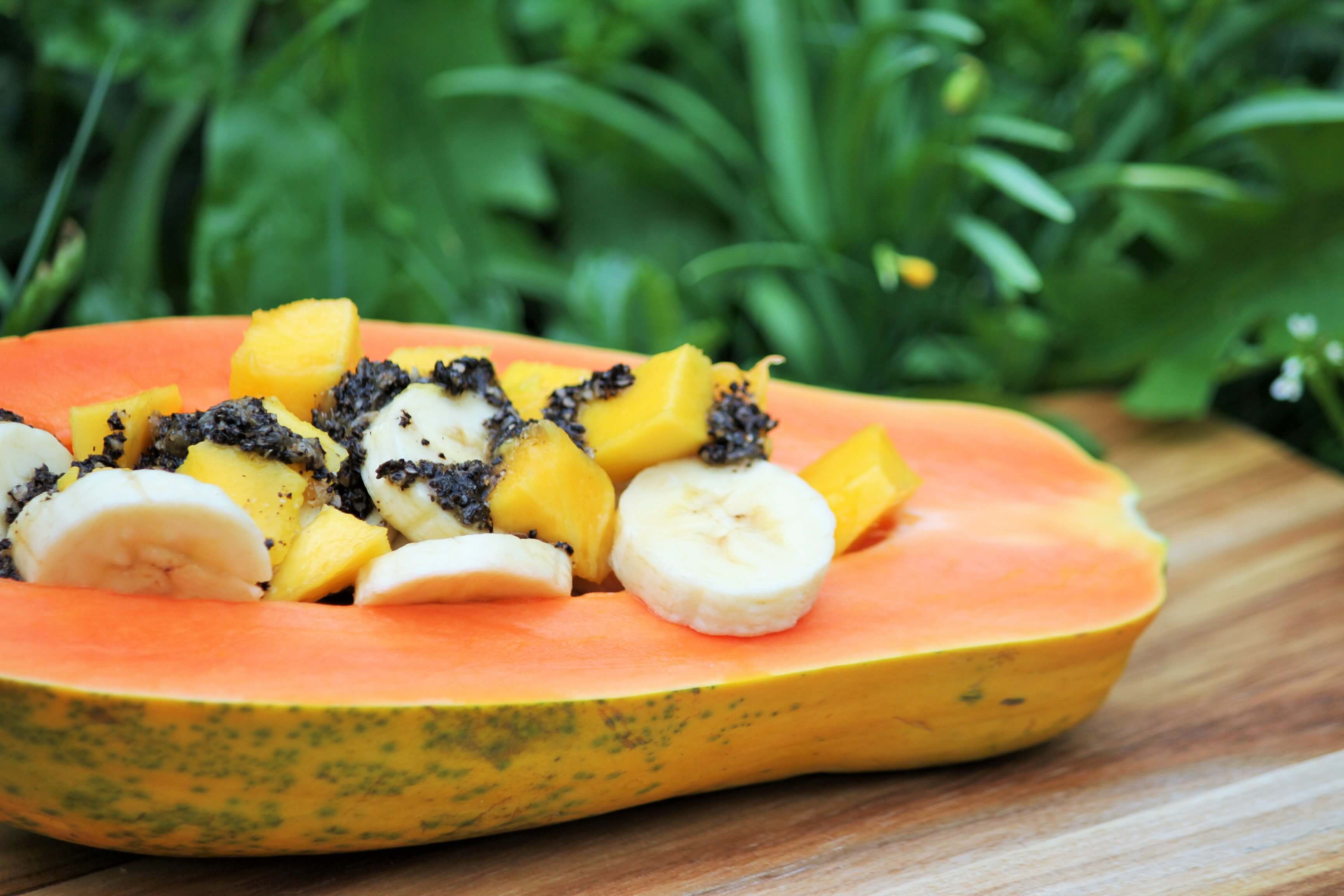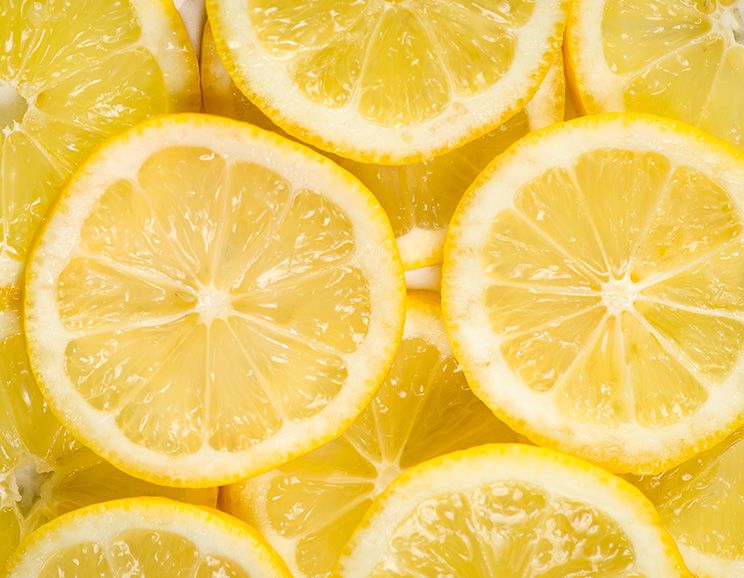Saturdays at the Store
When I was much, much younger growing up in San Antonio, I loved to visit Joske's downtown, about a block away from the Alamo (which interested me not at all). The 10-acre shopping emporium—known as "the biggest store in the biggest state"—was a palace of wonder where a shopper could buy a custom-made saddle, view Oriental rugs, and check out books from the lending library. Back then, department stores were different, and salespeople were like hosts at a private club. In addition to their customers' names, they knew what was and wasn't already hanging in their closets and what they might not need but would desperately crave. At a place like the no-longer-with-us Joske's—or, for that matter, the late Rich's in Atlanta or the late Burdines in Florida or the late Maison Blanche in New Orleans—you understood where you came from while also feeling completely at home.
"Is the North different from the South?" Robert Sakowitz, of the late Houston-based Sakowitz chain, asked rhetorically. "The South has wanted to be known for its gentility and welcoming spirit," he explained, and the greater the distances between cities, the more intense that spirit. Put another way, before everyone had access to air travel (much less the Internet), geography was destiny. Stores developed strong identities in their regions. Buyers employed by these places traveled far and wide to find just the right goods for their customers' tastes, which tended to be different from people in the North. Texas was, as Texas tends to be, a bit over the top. Stanley Marcus of Neiman Marcus may have taught women the importance of impeccable yet understated taste, but he also played to the state's "bigger and better" myths with extravagant Christmas gifts, like His & Hers Beechcraft Planes. (The first and only sale of those—in 1960—went to a West Texas rancher who said his wife had been "hankering for a plane of her own.")
Over in Houston, Sakowitz reflected that city's entrepreneurial spirit by making itself the most fashion-forward city in the country in the 1970s, offering Courrèges and Yves Saint Laurent before the New York stores would dare to. Florida's Burdines specialized in the latest swim and cruise wear. Rich's in Atlanta wouldn't be caught dead selling the same lipsticks as Belk, for instance, just as Sakowitz wasn't going to offer the same evening gown as Neiman's when the latter invaded Houston.
Stores were well mannered and polite—and there was no room for the risqué. In the early 20th century, Rich's (considered by many to be the epitome of the Southern department store) hesitated before offering bridge lessons to its female customers because so many Southerners thought card playing was improper. When the clothes of store-window mannequins had to be changed, curtains were drawn; corsets were sold but weren't displayed until the post-WWII years.
Beauty was crucial, and ground zero tended to be the makeup counters. Michael Lisicky, who has written several books on department stores, cited a saleswoman named Louise Orr, who worked at Miller & Rhoads in Richmond, Virginia, for almost 50 years. She was Charles of the Ritz' most valued sales representative in the world—probably because she blended the cosmetics herself and kept records of her clients' individualized shades on index cards.
Then, of course, there were the fashion shows—rites of passage in the South: Rich's Fashionata in Atlanta got so big it had to be moved to the Fox Theatre, so anxious were its customers for a glimpse of next season's clothes.
Southern cuisine was not to be ignored. "You weren't eating Yankee potpies," Lisicky explained. "You were eating what you knew." The most famous department store restaurant was Neiman's Zodiac Room in Dallas, where Helen Corbitt held sway. Stanley Marcus spent eight years luring the expert on healthful-but-tasty food to his store in 1955. (She'd been a dietician at Cornell University's medical center in New York.) Though Corbitt left Neiman's in 1969, people still trawl the Internet looking for her recipes for popovers and zesty chicken salad.
Because Southern women also prided themselves on being very, very social, the best stores provided a place to hold club meetings and organize good works—in between shopping trips, of course. Later in the 1960s, there were teen clubs for their daughters, where they could feel (slightly) rebellious listening to 45s and sampling (slightly) edgier fashions.
During the Civil Rights Movement, activists pressured Rich's to integrate its restaurant, because they knew that once the store moved forward, the rest of Atlanta would follow.
Decades later, when Southerners recall the great department stores, their memories tend to be personal. For women, especially, these were places that so often marked the ends and beginnings of things. I remember, for instance, my mother taking me on a shopping spree to Neiman's in Dallas when I was 13. We flew up from San Antonio, and she bought me some sort of apron dress—puffed sleeves in a red-and-yellow print with a tie at the waist—not in the children's department but from the junior's section. I'd never felt so grown-up or so beautiful.
What could've been a better introduction to womanhood than that?
Sent from my iPhone




















